Transforming the climate computer into the plant computer
February 2024
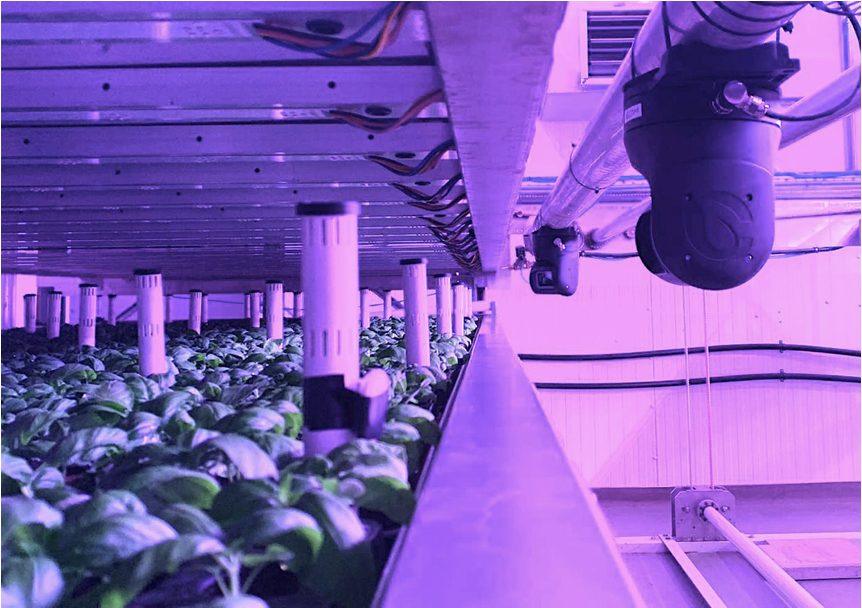
Image Credit: IGS
Optimising in production environments
Over the past two years, Gardin has been undertaking novel research funded by InnovateUK in partnership with the The Advanced Plant Centre, hosted at the James Hutton Institute, and Intelligent Growth Solutions. The project aimed to explore the potential for chlorophyll fluorescence to be used as a technique for plant-driven optimisation in controlled environment agriculture.
Whether due to the outdoor climate in a greenhouse or the impact of microclimates in indoor farms, growth environments for food production are constantly changing. Small changes in temperature and humidity can have a significant impact on plant outcomes, affecting yield and quality; making it harder for growers to meet their targets.
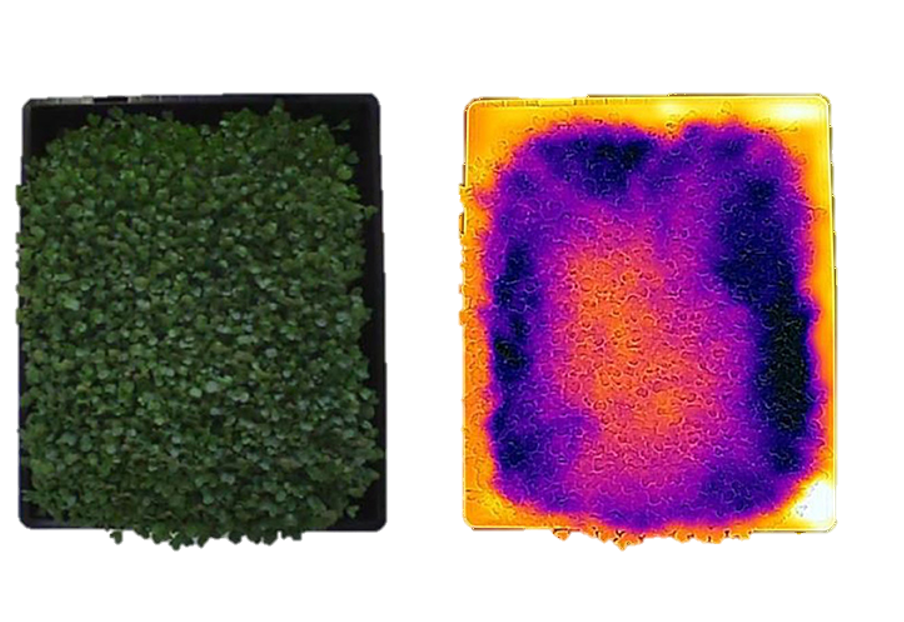
Tevan et al, 2021 - Left side image shows RGB capture of plant canopy, right side image shows thermal capture of same plants. Brighter colour indicates higher temperature.
Until now, growers could not measure the effect of the climate on plant physiology in real time and at scale using cost-effective sensors, instead having to rely on visual parameters such as height, with limited resolution and flexibility. Gardin's innovative technology gives growers access to quantified measurements of plant photosynthesis, enabling a new method of growing that uses plant-driven insights to achieve better results.
Julian Godding, Lead Data Scientist at Gardin, explains "In most industries, the product is measured directly. However, in agriculture, growers often rely on indirect indicators like temperature and humidity, as plant physiology is hard to measure accurately at scale. Gardin aims to bridge this gap and establish a growth method based on direct feedback from the plants."
Visual plant feedback is too slow
Growers are constantly trying to understand how the environment affects their plants and respond quickly to mitigate variability and achieve production targets. However, visual feedback from plants is slow - taking days or even weeks to materialise. This severely limits the potential for data-driven growing since several variables may change within that period.
Chlorophyll fluorescence monitors the photosynthetic activity of the plant and is a powerful technique that has been used in plant research for decades. However, deployment in commercial farms is limited because of high costs, a lack of automation and a gap in technical knowledge. It is well known that photosynthesis is the fundamental process in plant growth, making the technique a good indicator of how the growing environment is impacting plant productivity. Gardin's novel chlorophyll fluorescence sensor is designed for use in commercial farms. It uses advanced optical engineering to autonomously measure hundreds of plants throughout the day and employs algorithms to deliver interpretable insights to growers.
"For the first time, Gardin's advanced sensors have enabled us to remotely explore plant activity in an industrial setting. This breakthrough has been a significant milestone in our quest to perfect recipe development and crucial for creating the optimal plant environment." - Csaba Hornyik (Senior Plant Scientist), Intelligent Growth Solutions.
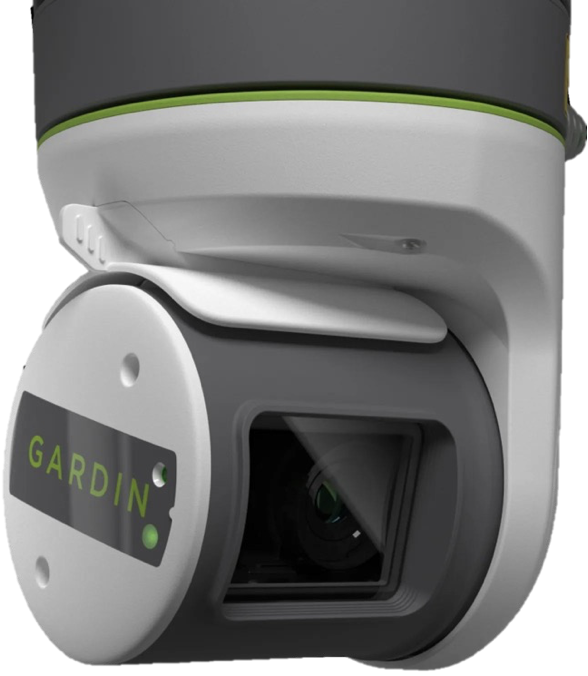
Image Credit: Gardin Sensor
Linking the climate to the plants
Gardin aims to consolidate all environmental variables into simple plant insights that enable rapid optimisation of the growing environment and validating this approach was one of the key aims of the research. To achieve this, the photosynthetic activity of several species was measured in a controlled indoor growth environment with artificial lighting.
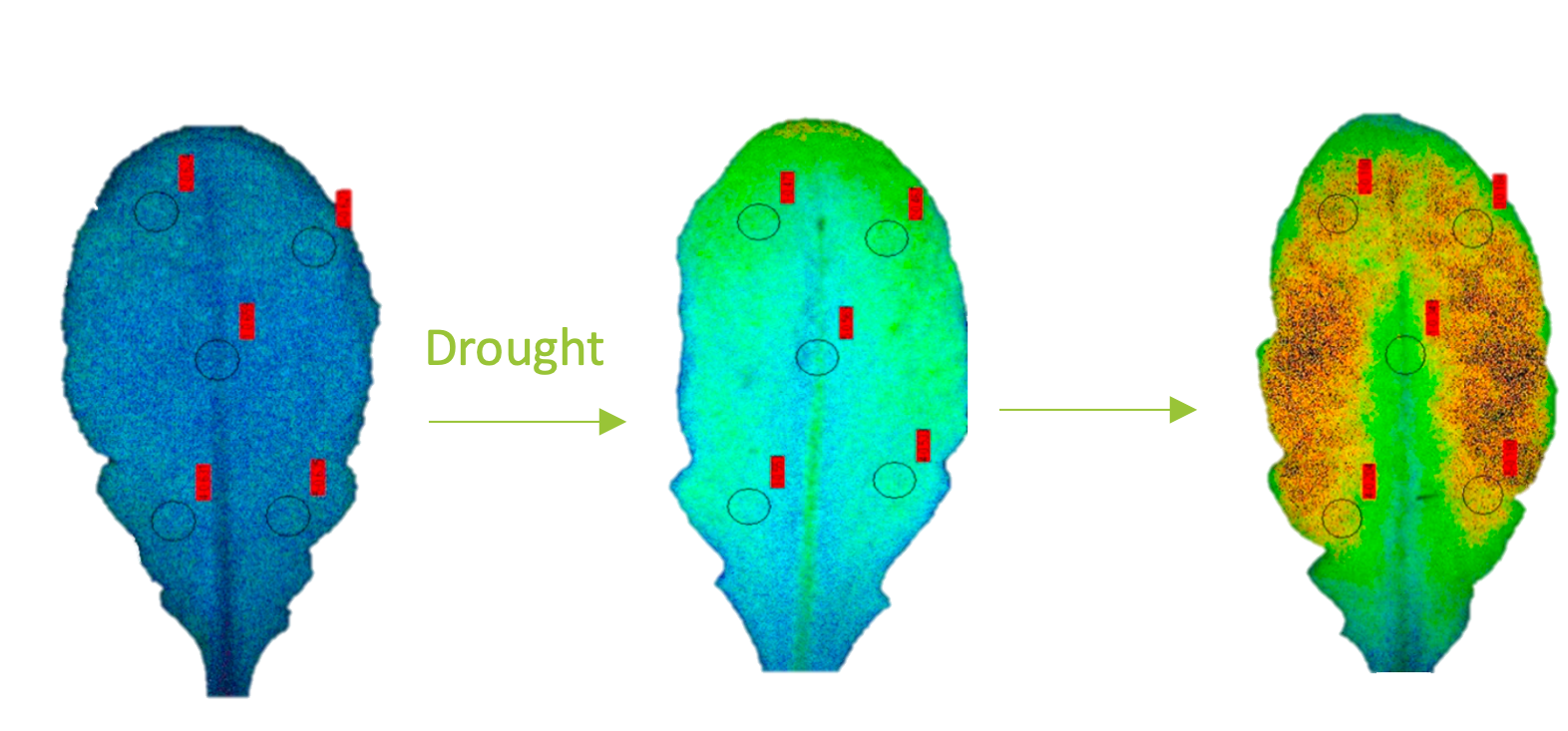
Moustakas et al, 2022
More than fifty batches of plants were grown with different light intensities while maintaining the same overall climate, but with the presence of microclimates. The fertigation strategy was adjusted at one point, and there were variations in germination density. This reflects the reality of production environments - continuous improvement was a great test for the ability of chlorophyll fluorescence to flexibly monitor plants under different conditions and clearly distinguish their photosynthetic performance.
The results showed Gardin's measurements of photosynthetic efficiency correlating well with the fresh weight (kg/m2/annum) and productivity (kg/m2/kWh) of each batch of plants. In other words, Gardin's photosynthesis measurements could effectively explain 50% of the variability in productivity across hundreds of kilos of plant product using a simple metric that is generalisable for any cultivar. This capability to directly measure the plant productivity is a step change in agriculture, accelerating the grower feedback loop from weeks to mere minutes. Moreover, Gardin's capacity to measure across a broad canopy area gives growers the assurance that they are optimising their entire farm's productivity and quality.
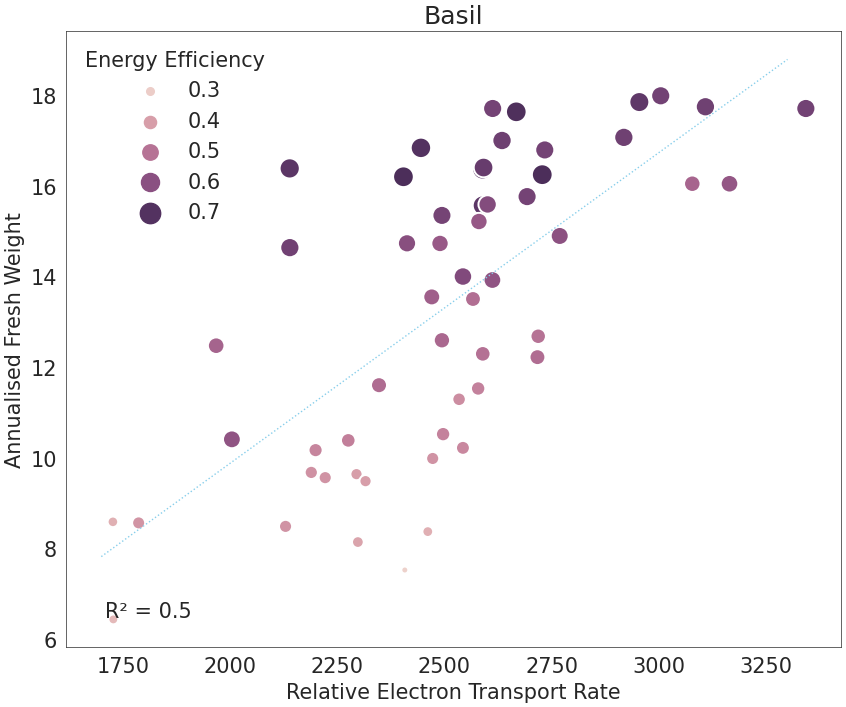
In addition, the James Hutton Institute conducted nutritional analysis to study the impact on food quality. In an exciting development, it was discovered that basil plants with lower stress levels, as measured by the Gardin sensor, had lower concentrations of estragole - a carcinogenic and genotoxic compound that causes an unfavourable aniseed taste.
Fabrizio Ticchiarelli, Lead Biologist at Gardin notes "These exciting findings underscore the significance of reducing plant stress events in growing environments to the benefit of consumers. The project is an elegant illustration of what can be achieved by using Gardin's real-time metrics as an optimisation parameter - we're very excited to see more and more growers adopt them to improve the productivity of their farms."
Responsive agriculture with Gardin Pulse
Gardin Pulse is the first plant-driven growing product designed for commercial growers. It serves as a tool for rapidly optimising growing environments with confidence. Proprietary analytics provide instant insight into farm performance, visualising the impact of a changing environment and enabling rapid testing of different climate strategies to achieve the best results. With energy prices currently a key concern of growers, Gardin Pulse offers a solution for growers to determine energy savings strategies with optimal lighting and heating control for the plants.
If you want to start using Gardin to improve your growing strategy, reach out now for a demo!
Keep up to date with more exciting results from Gardin's research by following us on LinkedIn.